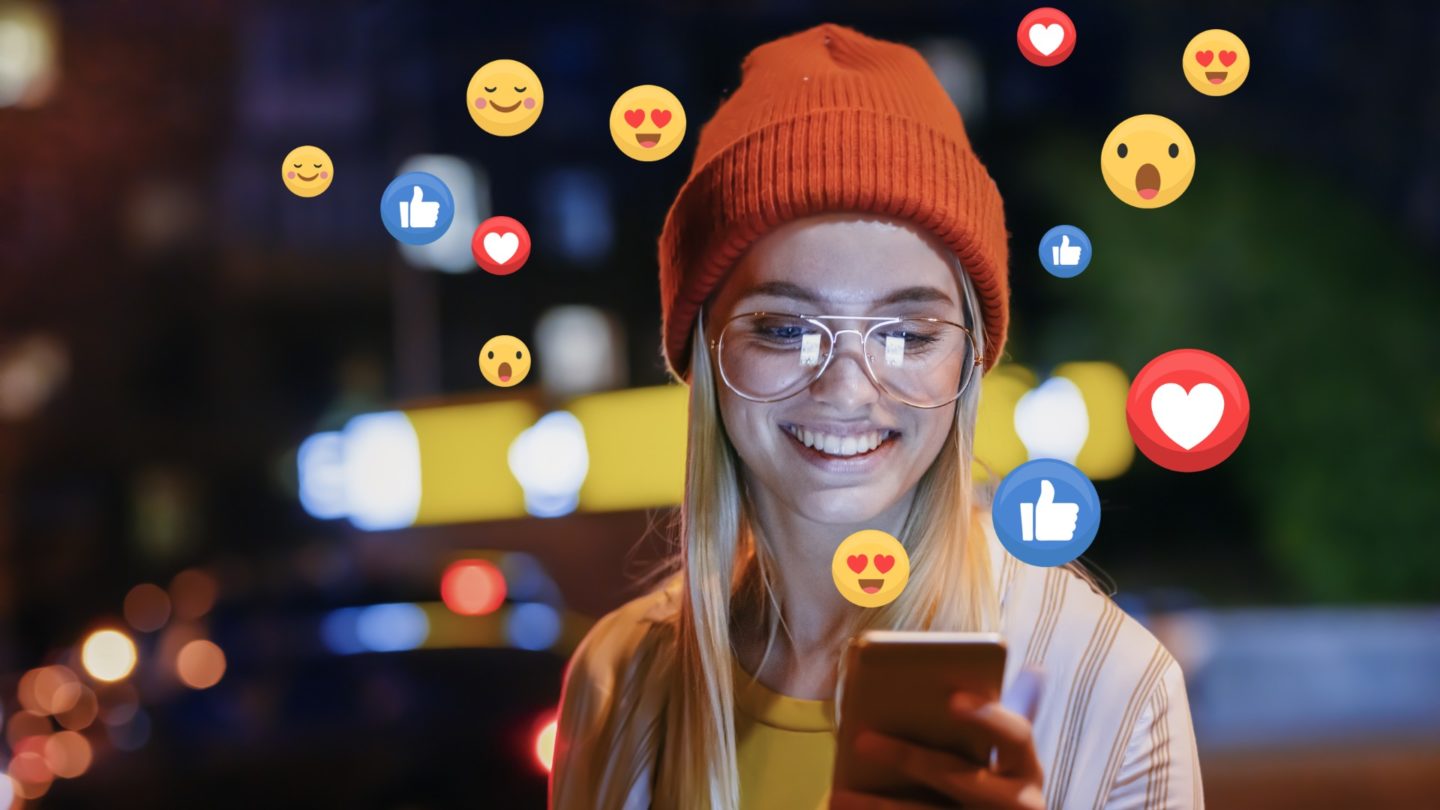If your brand is active on social media and is looking to attract new customers, developing an influencer strategy could be the right move. With the rise of instagram, we’ve seen a flood of social influencers appearing in our feeds.
As social media continues to become the standard avenue of social connection, communication and inspiration, it’s no wonder influencer marketing is gaining so much ground. Engaged social media users intentionally fill their feeds with content that they resonate with — content that affirms them and positively impacts their mood. Because of this, it’s not uncommon for users to grow a sense of trust and rapport with the influencers they follow. The psychology behind this trust and rapport is what makes influencer marketing such a powerful option — and, in the case of micro influencers, it can be a very accessible and affordable option as well.
A micro influencer generally fits in the category of someone who has between 1,000 to 100,000 followers. They’re not your big-time celebrities, whose endorsements can cost an arm and a leg (unless you use the Cameo approach). Instead, micro influencers speak to a more niche audience. Their followers tend to be more engaged and either have, or aspire to have, lifestyles reflective of the micro influencer.
You could think of macro influencers as the jack of all trades in influencer marketing, while micro influencers are the specialists — the subject matter experts.
“A micro-influencer allows the brand to create additional content that supports the brand. It is also perceived as an endorsement of the brand by many potential buyers. And a large percentage of people trust influencers and online reviews as much as they would trust a friend’s advice.” says David Abehsera, President and Co-founder of The Woo.
5 Reasons your brand should have micro influencers:
- Micro influencers’ smaller follower counts may seem like a disadvantage at first glance, but in actuality, that is exactly what makes them so effective. Finding a micro influencer who can tap into your niche target market will give a serious boost to your acquisition costs, because you’re reaching people who are already more likely to convert.
- An engaged micro influencer offers a personalized experience for followers. When a follower comments or messages the influencer, there’s a much higher likelihood they’ll get a response. This bodes well for users who have questions about your product.
- It’s just plain more cost effective. Snagging an endorsement from a micro influencer isn’t going to cost you the same big bucks that the Kendall Jenners of the world would. Going rates for endorsements often depend on the influencer’s follower count and engagement. On the high end, you can expect to spend about $1,000 per post for an influencer with 100,000 followers.
- They set the stage for brand loyalty. According to Annalect, a leader in data analytics for marketers, 49% of people say that they trust recommendations by influencers to make their purchasing decisions. That trust can translate to acquiring new customers with high CLVs for your brand.
- It’s not hard to measure whether your influencer strategy is working, which gives you plenty of room to pivot as needed. Thanks to tools like Google Analytics, custom URLS, coupon codes, and more, there’s less guesswork in deciding where to lean in.
Key Takeaways:
A micro influencer strategy can prove highly effective for small and large brands alike. Because of the rapport micro influencers build with their audiences, you’re more likely to hit the bullseye of your target market. Plus, they’re pretty affordable, and effectiveness is easily measured, allowing you to pivot and make the most of your marketing budget.
